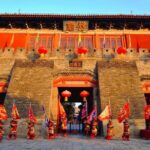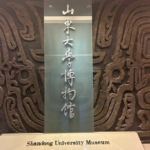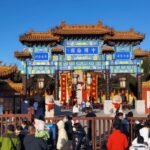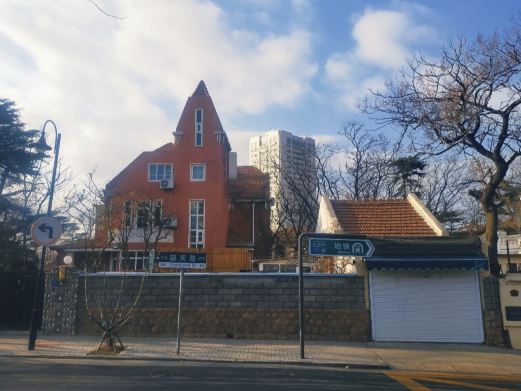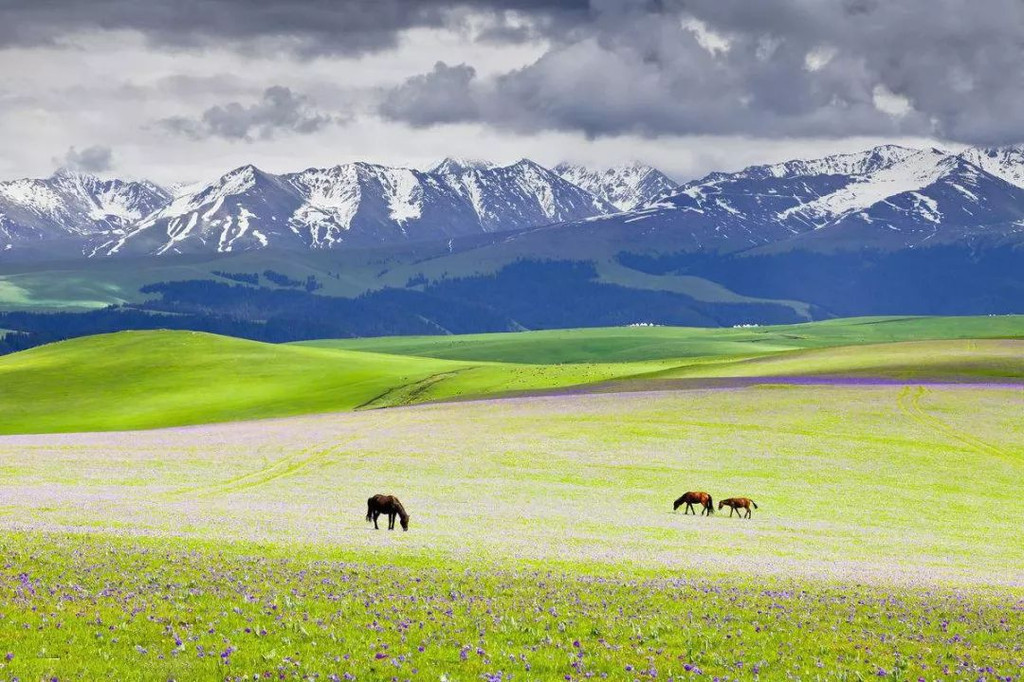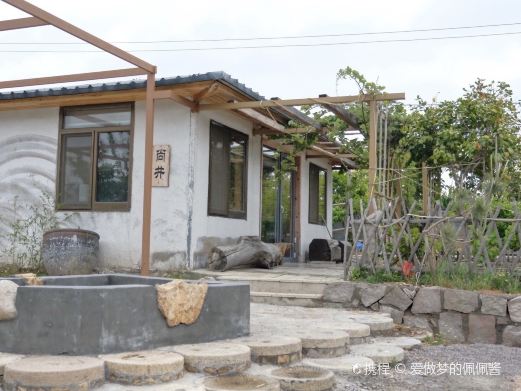Jingtang Ancient Village, located 15 kilometers southwest of Qingzhou City in Shandong Province, is an ancient village that has withstood over 500 years of vicissitudes yet remains largely intact with its Ming Dynasty architectural style. The village was first established in the seventh year of the Jingtai era of the Ming Dynasty (1456 AD). It derives its name from a clear spring located at the foot of the Southeastern Sha Mao Mountain, which never dries up, forming a pond. Villagers built up the pond with stones to create a well, hence the name of the village.
Built against the mountain, Jingtang Ancient Village relies on the courtyards of Hengwang Mansion, forming an ancient architectural complex with Ming Dynasty architectural style and the living characteristics of the western mountainous areas. It is one of the better-preserved ancient villages in Shandong Province. The entire village is surrounded by ancient city walls made of bluestone, with a fortress (watchtower) built every 30 meters or so, showcasing the self-defense and defensive functions of ancient villages during the Ming Dynasty.

On the mountain, there are various scenic spots such as Tongtian Cave, Chuanxin Cave, Xianbao Cave, Guanyin Cave, Tianjiang Stone, Feilaishi, Yuhuang Peak, Lingxia Pass, and Katian Gate, all of which are diverse and pleasing to the eye. The ‘Tianjiang Stone,’ weighing about 5 tons, is perched on a solitary stone pillar, with white clouds drifting behind it, giving the illusion of the pillar shaking and the stone moving.

International attention is drawn to the three inscriptions in the Northern Peak, including the Northern Wei Zheng Daozhao’s ‘Baijugu Inscription’ and ‘Baiyun Hall Inscription.’ These inscriptions, as one of the ‘Three Wonders of the Wei Steles,’ are precious materials for studying ancient Chinese calligraphy art and the evolution of Chinese characters, attracting many famous calligraphy researchers from China and abroad. ‘Dominating the Wei Steles, the Baiju pen moves like a flying dragon,’ is the praise for the calligraphy relics on Qingzhou Linglong Mountain after visiting.

Opening Hours: The village is open all year round from 08:00 to 16:30.
Jingtang Ancient Village
Jingtang Ancient Village, located 15 kilometers southwest of Qingzhou City in Shandong Province, is [...]



